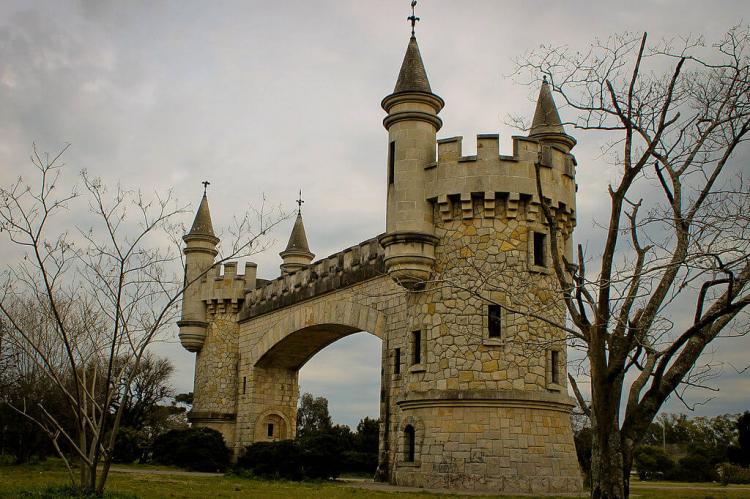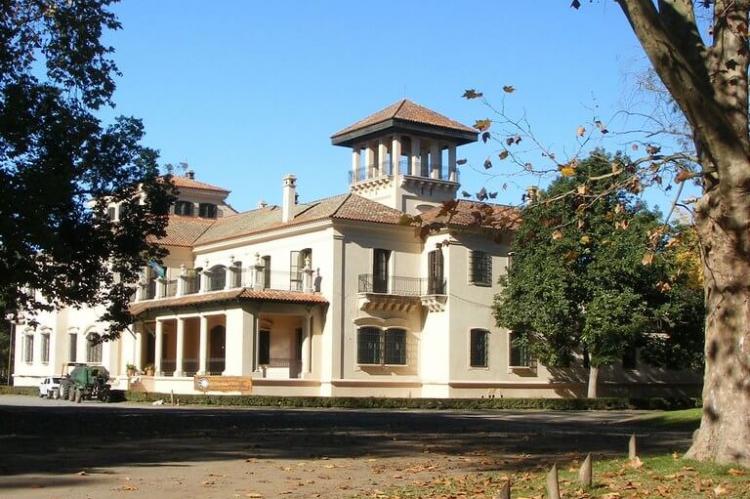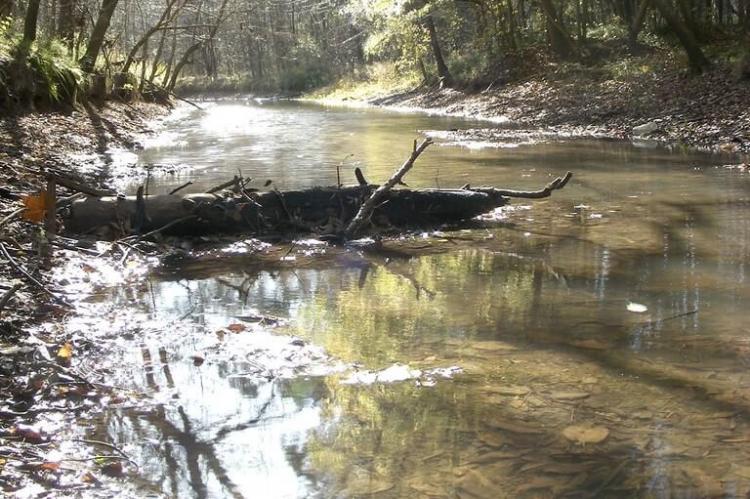Pereyra Iraola Provincial Park and Biosphere Reserve: A Natural Oasis in Buenos Aires
Nestled between the municipalities of La Plata and Berazategui, along the banks of the majestic Río de la Plata, lies the Pereyra Iraola Provincial Park and Biosphere Reserve. This urban oasis is the largest provincial park in Argentina's Buenos Aires Province and a rich center of biodiversity.
Pereyra Iraola Provincial Park and Biosphere Reserve: A Natural Oasis in Buenos Aires
Nestled between the municipalities of La Plata and Berazategui, along the banks of the majestic Río de la Plata, lies the Pereyra Iraola Provincial Park and Biosphere Reserve. This urban oasis, spanning over 10,248 hectares (25,323 acres), is the largest provincial park in Argentina's Buenos Aires Province and a rich center of biodiversity, offering a sanctuary for both nature enthusiasts and city dwellers alike.
Historical Background
The Pereyra Iraola family originally owned the land that now comprises the park and reserve. In 1949, during General Juan Perón's presidency, the government expropriated the land to create a community park for the people. A year later, the park opened its doors, providing a much-needed green space for the residents of Greater Buenos Aires.
Biosphere Reserve Designation
In 2007, UNESCO designated the Pereyra Iraola Provincial Park a Biosphere Reserve in recognition of its ecological significance and commitment to sustainable development. This prestigious designation highlights the park's role as a model for harmonizing human activities with preserving natural ecosystems.
Biodiversity Hotspot
Flora and Fauna
As the last protected area of the original riverside ecosystem, the Pereyra Iraola Provincial Park and Biosphere Reserve is home to Buenos Aires Province's greatest biological diversity. The park boasts a rich variety of native plant species, including the tala (Celtis tala), sauco (Sambucus australis), and espinillo (Acacia caven), as well as diverse fern and grassland ecosystems.
Regarding fauna, the reserve is a haven for birdwatchers, with almost 70% of the avifauna found in the province represented within its boundaries. Two hundred eighty-eight bird species have been recorded, including the endangered burrito colorado (Laterallus Leucopyrrhus), have been recorded.
Endangered Species and Conservation Efforts
The park is crucial in conserving endangered species and providing a haven for threatened plants and animals. Ongoing conservation efforts aim to protect and preserve the delicate ecosystems and their inhabitants, ensuring their survival for future generations.
Recreational Activities
Beyond its ecological significance, the Pereyra Iraola Provincial Park and Biosphere Reserve is a popular destination for outdoor recreation and leisure activities. Visitors can enjoy a variety of pursuits, such as hiking, cycling, and birdwatching while immersing themselves in the park's natural beauty.
Architectural Heritage
In addition to its natural attractions, the park boasts a valuable architectural heritage. The stately Santa Rosa house, originally one of the estancias (large estates) on the property, now serves as the administrative headquarters. Other architectural elements dating back to the founding era of La Plata city also dot the park's landscape, adding a historical dimension to the visitor experience.
Sustainable Living and Family Farming
Located in Argentina's largest vegetable-producing area, the Pereyra Iraola Provincial Park and Biosphere Reserve is home to approximately 2,500 people who derive their livelihoods from family farming. This harmonious coexistence between human activities and nature exemplifies the park's commitment to sustainable development and preserving traditional agricultural practices.
Conclusion
The Pereyra Iraola Provincial Park and Biosphere Reserve is a testament to the importance of preserving and protecting natural environments within urban settings. This remarkable oasis offers a unique opportunity to experience the beauty and diversity of nature while promoting sustainable practices and environmental education. With its rich biodiversity, recreational opportunities, and architectural heritage, the park remains a treasured destination for locals and visitors alike, providing a much-needed escape from the hustle and bustle of city life.


